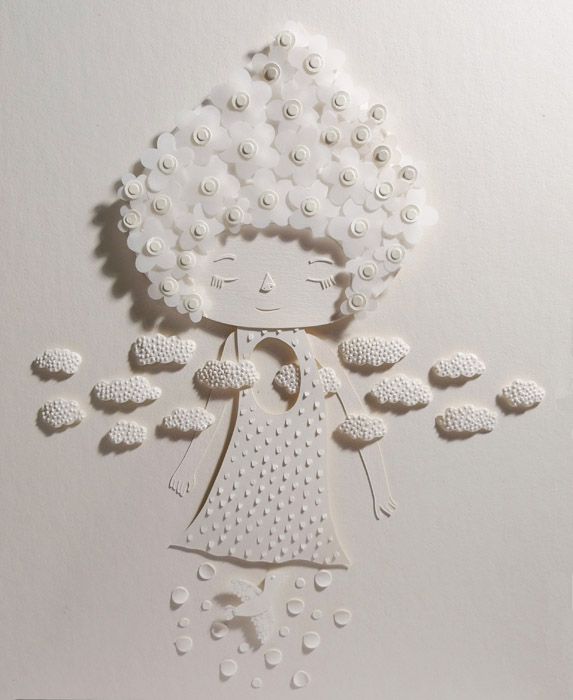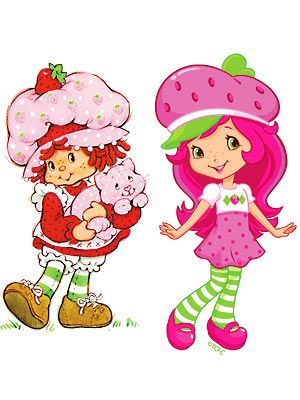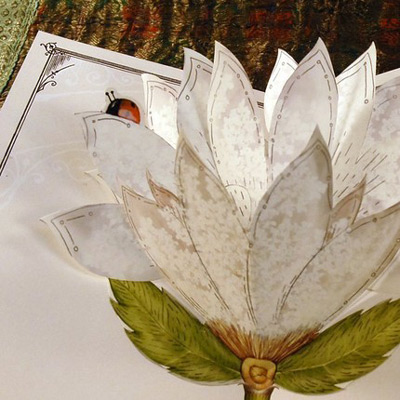
What I see in this picture is :
- Tree person
- Flower
- peace
- Paper
- Pop art
The picture reminded of these pop out paper art animations of where it tell a story about a tree slowly growing from using just paper. the video was crated in the year 2011.
The dove below reminded me of the symbol of the peace where they show in Sydney new year fire work in the year 2002
The whole simple girl figure reminded me of cartoon girls like strawberry shortcake

The 1930s in England saw a short-lived publishing phenomenon that created a genre of books that could be read and played with and which today can be seen in varied formats of movable books with three-dimensional interactive elements.


In the year 1949 the dove a seen often associated with the concept of peace and pacifism, They often in political cartoons, on banners and signs at events promoting peace such as the Olympic games, at various anti- war/ anti - violence protests, etc.

Modern era 1500 and onward
When looking into how papers been cut out shapes and has some part holes making some shadows and trying to tell a story I think it reminded me of shadow play going back to the year 1644.
The origins of Taiwan's shadow puppetry can by traced to the Chaochow school of shadow puppet theater. Commonly known as leather monkey shows or leather shows, the shadow play were popular in Tainan, Kaohsiung, and Pingtung as early as the Qing dynasty. Older puppeteers estimate that there were at least a hundred shadow puppet troupes in southern Taiwan in the closing years of the Qing. Traditionally, the eight to 12-inch puppet figures, and the stage scenery and props such as furniture, natural scenery, pagodas, halls, and plants are all cut from leather. As shadow puppetry is based on light penetrating through a translucent sheet of cloth, the "shadows" are actually silhouettes seen by the audience in profile or face on. Taiwan's shadow plays are accompanied by Chaochow melodies which are often called "priest's melodies" owing to their similarity with the music used by Taoist priests at funerals. A large repertoire of some 300 scripts of the southern school of drama used in shadow puppetry and dating back to the fourteenth and fifteenth centuries has been preserved in Taiwan and is considered to be a priceless cultural asset.
Medieval history 500 - 1500
Going back more deeper into the medieval history would be looking into paper cutting where that paper been cut out and it all going back to where china has started in 6th century year 501 AD.
Jianzhi (剪紙), is a traditional style of papercutting in China. Jianzhi has been practiced in China since at least the 6th century A.D. Jianzhi has a number of distinct uses in Chinese culture, almost all of which are for health, prosperity or decorative purposes. Red is the most commonly used color. Jianzhi cuttings often have a heavy emphasis on Chinese characters symbolizing the Chinese Zodiac animals.
Although paper cutting is popular around the globe, only the Chinese paper cut was listed in the UNESCO Intangible Cultural Heritage Lists, which was in 2009. The Chinese paper-cutting was recognized and listed because it has a history of more than 1500 years and it represents cultural values of the people throughout China.




Paper was invented by the Chinese by 105 AD during the Han Dynasty and spread slowly to the west via Sharkand and Banghada. Papermaking and manufacturing in Europe started in the Iberian Peninsula, today's Portugal and Spain and Sicily in the 10th Century by the Muslims living there at the time, and slowly spread to Italy and South France reaching Germany by 1400.
No comments:
Post a Comment